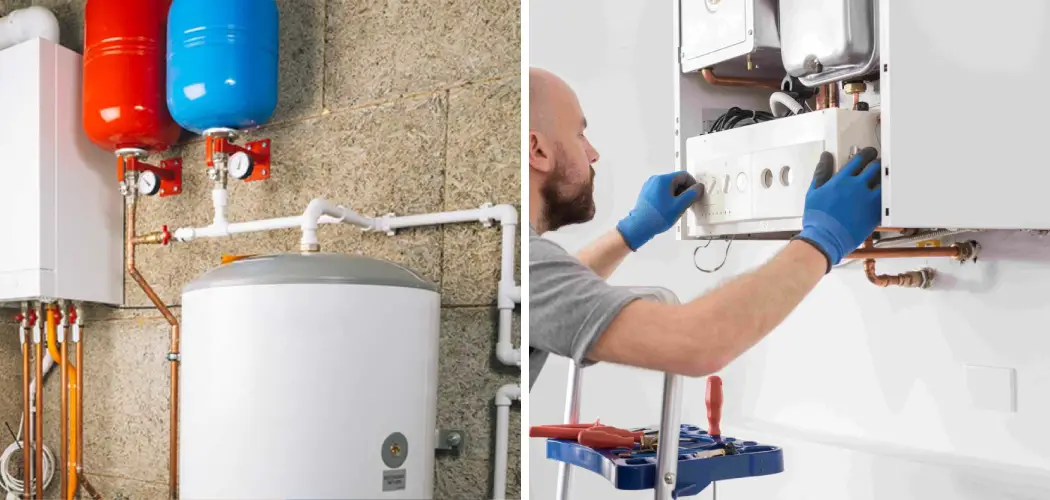Are you looking for an efficient, cost-effective way to heat your home or office? Installing a gas boiler may be the perfect solution! Gas boilers are reliable and powerful options designed to save energy and reduce costs over time.
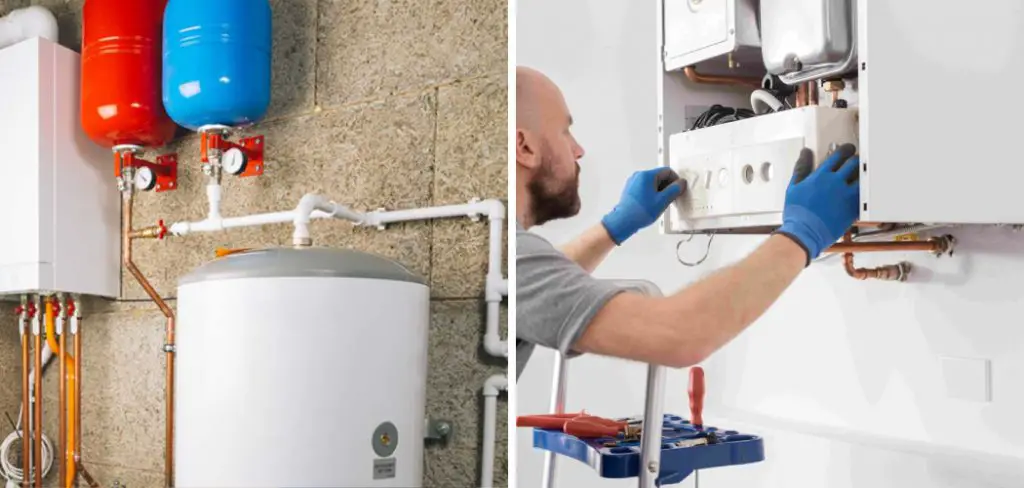
In this blog post, you’ll learn how to install a gas boiler so that you can start enjoying more comfortable temperatures in no time. We will cover everything from gathering materials and creating an installation plan to testing the system for safety.
Tools and Materials You Will Need to Install a Gas Boiler
- Gas boiler unit
- Venting materials (e.g. flue pipes, connectors)
- Gas supply line
- Pipe wrench
- Screwdriver
- Level tool
- Power drill with bits and hole saws
- Measuring tape
- Pipe cutter
Step-by-step Guidelines on How to Install a Gas Boiler
Step 1: Create a Plan
Before starting any installation, it’s important to have a proper plan in place. This will help ensure that you have all the necessary materials and tools, as well as a clear idea of how the boiler will be installed.
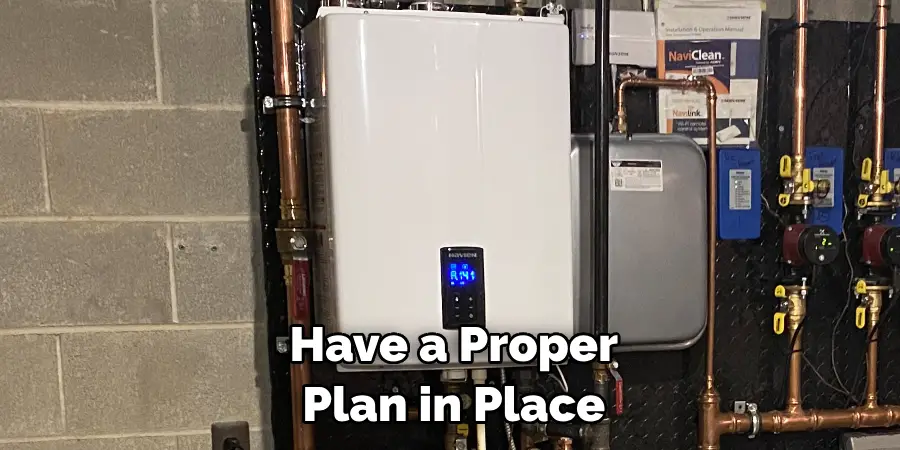
Start by determining where you want to install the boiler. It’s recommended to choose a location near an exterior wall for venting purposes. You should also consider the accessibility of the boiler for future maintenance and repairs.
Step 3: Prepare the Area
Before installing the boiler, make sure to clear the area of any debris or objects that may get in the way. This is also a good time to double-check that there is enough space for proper ventilation and clearance requirements. Preparing the area before installation will save time and hassle later on. Make sure to also turn off the gas supply before starting any work.
Step 4: Install Venting Materials
Proper venting is crucial for the safe operation of a gas boiler. Follow the manufacturer’s instructions for installing flue pipes, connectors, and other venting materials. Make sure to use proper caulk or sealant to ensure that there are no leaks in the venting system. While installing the venting materials, keep in mind any clearance requirements to avoid potential hazards.
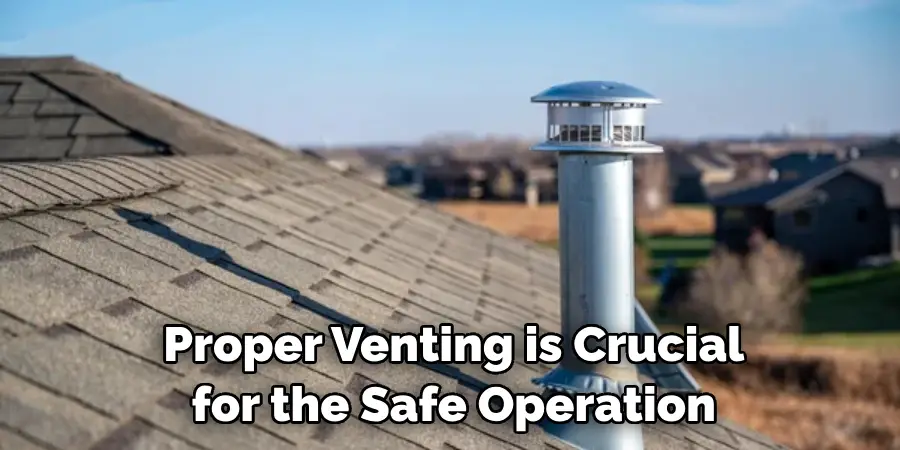
Step 5: Mount the Boiler Unit
Using a level tool, mount the boiler unit on the wall according to the manufacturer’s instructions. Make sure it is securely attached before proceeding. This step may require the use of a power drill with bits and hole saws to create holes for fasteners or pipes. If you are not comfortable with using power tools, it’s recommended to hire a professional for this step.
Step 6: Connect the Gas Supply Line
To connect the gas supply line, use a pipe cutter to cut the necessary length of pipe and secure it in place using a pipe wrench. Make sure to also add a shut-off valve for safety purposes. Double-check all connections for tightness and leaks before proceeding. If you are unsure about any of the steps, it’s always best to consult a professional.
Step 7: Connect the Water Supply
Next, connect the water supply to the boiler. This will require a cold-water line and an expansion tank. Follow the manufacturer’s instructions for proper installation and make sure all connections are secure. Connecting the water supply is crucial for the proper functioning of the boiler. While doing so, make sure to also check for any potential leaks.
Step 8: Test the System
Before turning on the gas and water supply, it’s important to test the system for safety. This can be done by performing a pressure test to check for any leaks or issues with the installation. Once you are confident that everything is in working order, turn on the gas and water supply to start using your new gas boiler. Make sure to also schedule regular maintenance and check-ups to ensure the safe and efficient operation of your boiler.
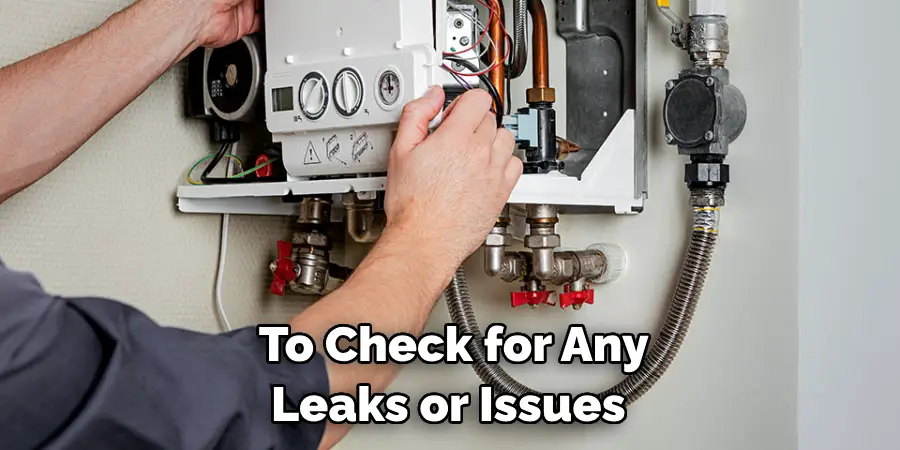
Following these step-by-step guidelines will help you successfully install a gas boiler in your home or office. Remember to always follow safety instructions and consult a professional if needed. With proper installation and maintenance, your new gas boiler will provide efficient heating for years to come! So why wait? Get started on installing your gas boiler today and enjoy the benefits of cost-effective heating. Happy heating!
Additional Tips and Tricks to Install a Gas Boiler
- When choosing a gas boiler, make sure to consider the size and heating capacity of your home. A professional can help you determine the right size to ensure efficient heating.
- Before beginning the installation process, make sure to turn off the gas and electricity supply. Safety should always be a top priority when working with gas appliances.
- Remove any old boiler or components before starting the installation process. This will create more space and allow for easier access during installation.
- It is recommended to install a filter on the return pipe of your boiler to prevent debris and sludge from entering the system. This will prolong the life of your boiler and ensure efficient heating.
- Follow the manufacturer’s instructions carefully when installing the gas boiler. Each model may have specific requirements and it is important to follow them for proper installation.
- Make sure to properly seal all joints and connections using gas-rated sealant to prevent any gas leaks.
- When installing the flue, make sure it is correctly positioned and has enough clearance from other structures or objects according to building regulations.
- Consider hiring a professional for the installation if you are not confident in your skills or do not have prior experience with gas boilers. Improper installation can be dangerous and may also void the manufacturer’s warranty.
- Once the boiler is installed, make sure to have it serviced annually by a qualified engineer to ensure it continues to operate safely and efficiently.
- Keep the area around the boiler clean and free of clutter for easy access in case of any maintenance or repairs needed in the future.
By following these tips and tricks, you can ensure a safe and efficient installation of your gas boiler. Remember to always prioritize safety and consult a professional if needed. With proper installation and maintenance, your gas boiler will provide reliable heating for your home for years to come.
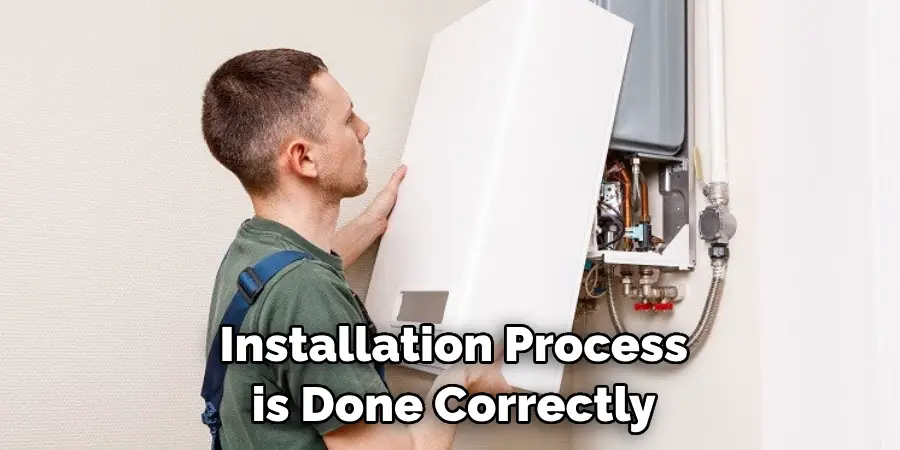
So, it is important to make sure that the installation process is done correctly and carefully. A properly installed gas boiler can save you money on energy bills and provide a comfortable living environment. Happy heating!
Things You Should Consider to Install a Gas Boiler
- The first thing you should do before installing a gas boiler is to determine the size of your home. This will help you choose the right-sized boiler that can provide enough heat for your property.
- Make sure to check local building codes and regulations before installing a gas boiler. In some areas, homeowners may need to obtain permits or have their installations inspected by a professional.
- Familiarize yourself with the different types of gas boilers available. There are combi boilers, which provide both hot water and heating; system boilers, which require a separate hot water cylinder; and conventional boilers, which have a separate hot water tank.
- Before purchasing a gas boiler, consider the energy efficiency rating. The higher the rating, the more efficient the boiler will be in terms of energy consumption and cost.
- It is important to hire a certified and experienced gas engineer to install the boiler. This will ensure that the installation is done correctly and safely.
- Choose a suitable location for the boiler within your home. It should be easily accessible for maintenance and repairs, as well as close to a gas supply and an external wall for ventilation.
- Make sure to properly size the gas pipes for your boiler installation. This will ensure that the boiler receives enough gas to function properly and efficiently.
- Do not forget about regular maintenance and servicing of your gas boiler. This will ensure its longevity and efficient operation, as well as comply with safety regulations.
- If you are considering installing a gas boiler yourself, make sure to thoroughly research the process and have a good understanding of gas boiler installation procedures.
- Finally, do not forget about safety precautions when installing a gas boiler. Make sure to turn off the gas supply and follow all instructions carefully to avoid any potential hazards.
By following these considerations, you can ensure a smooth and efficient installation of your gas boiler. Remember to always prioritize safety and consult with a professional if needed. The proper installation of a gas boiler is crucial for the comfort and safety of your home, so take the time to do it right.
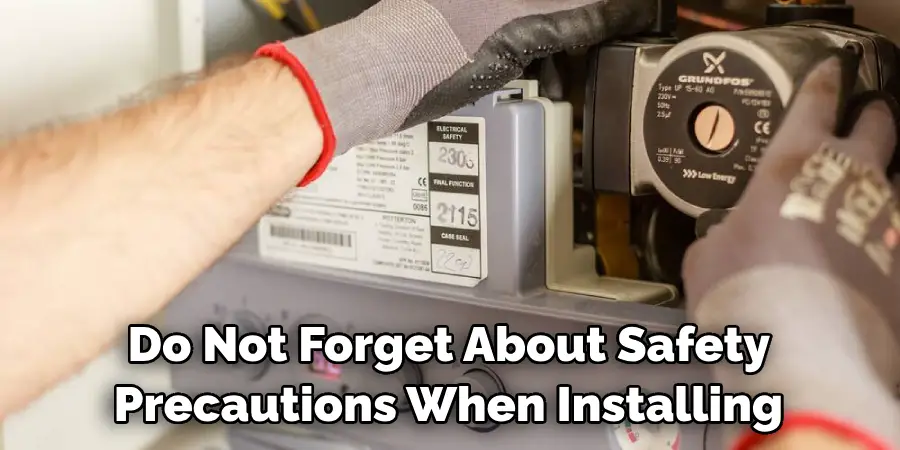
Keep in mind that regular maintenance and servicing will also help prolong the life of your boiler and save you money in the long run. With proper installation and upkeep, your gas boiler will provide reliable heating and hot water for years to come. Happy heating!
Precautions Need to Be Followed for Installing a Gas Boiler
- Before installing a gas boiler, make sure you have obtained the necessary permits and inspections required by your local laws and regulations. Failure to do so can result in hefty fines or even imprisonment.
- Always hire a licensed professional to install your gas boiler. Gas boilers require specific knowledge and expertise to be installed safely and efficiently. Attempting to install a gas boiler yourself is extremely dangerous and can result in serious accidents or even death.
- Make sure the location of your gas boiler follows all safety and building codes. The area should be well-ventilated, have adequate space for maintenance and repairs, and be away from any flammable materials.
- Ensure that you have shut off the main gas supply before beginning the installation process. Failure to do so can result in gas leaks and potential explosions.
- It is crucial to carefully read and follow the manufacturer’s instructions for installation. Each boiler may have specific requirements and steps that must be followed for proper installation.
- Double-check all connections, pipes, and fittings for any leaks before turning on the gas supply again. Use a gas leak detector solution or call a professional if you suspect a leak.
- After installation is complete, have a licensed professional inspect the boiler to ensure it meets all safety standards and is ready for use.
- It is recommended to install carbon monoxide detectors near your gas boiler to alert you of any potential leaks or dangers.
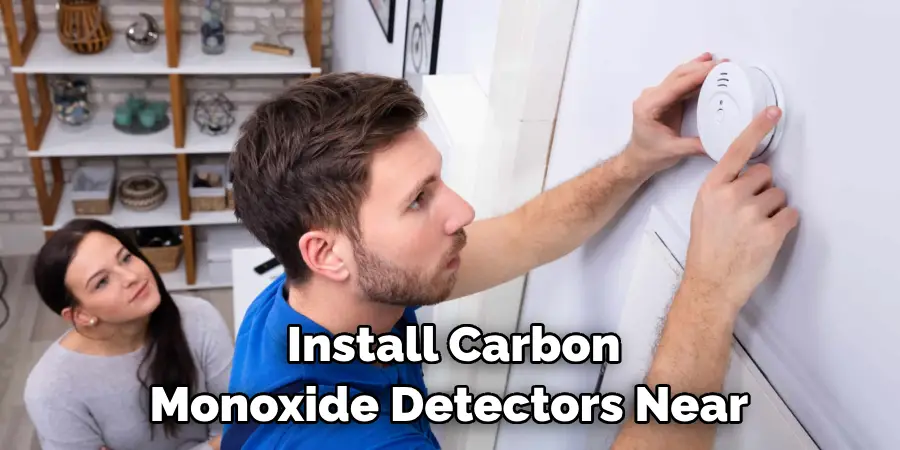
Following these precautions will ensure that your gas boiler is installed safely and efficiently, providing you with reliable heating for years to come. It is always better to be safe than sorry when it comes to installing gas appliances, so do not cut corners or take any risks. Always prioritize the safety of yourself, your family, and your home. So, follow these guidelines and enjoy a warm and cozy home with your new gas boiler. Happy heating!
Conclusion
All in all, installing a gas boiler is not a difficult task even if it sounds intimidating at first. You just need the right tools and knowledge to get the job done successfully. After reviewing the fundamental information regarding how to install a gas boiler, you should have the confidence and know-how to get it done right.
So don’t wait any longer – take your newfound knowledge into the DIY field, pick up your tools, and get started on installing that gas boiler today! Remember – if you ever feel you are in over your head always make sure you call a certified professional for assistance.

